Petals went from white to pink to brown
bobpeterson22
7 years ago
Related Stories
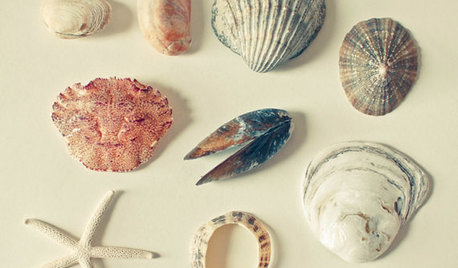
DECORATING GUIDESNature’s Color Wisdom: Lessons on Pink From the Great Outdoors
Leave your assumptions about pink at the princess playhouse door. Head outside instead for shades from shocking to subtle
Full Story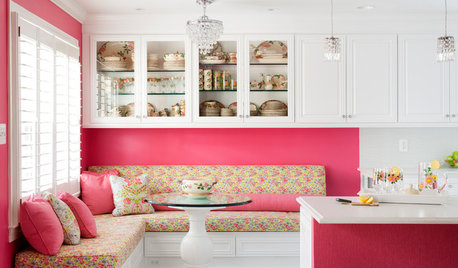
KITCHEN OF THE WEEKKitchen of the Week: A Punch of Pink for a White Kitchen
A homeowner shows her love of pink in bold walls that impart a cheerful vibe
Full Story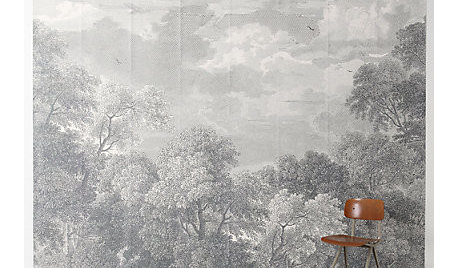
PRODUCT PICKSGuest Picks: Sweet, Soothing Pink and Gray Accents
Instill a restful vibe with a touch of romance, using furnishings and decor in shades of rose petals and clouds
Full Story
WHITE KITCHENS4 Dreamy White-and-Wood Kitchens to Learn From
White too bright in your kitchen? Introduce wood beams, countertops, furniture and more
Full Story
HOLIDAYSA Violet, Brown, Bronze and White Holiday
7 Great Reasons to Deck the Halls With Unconventional Colors
Full Story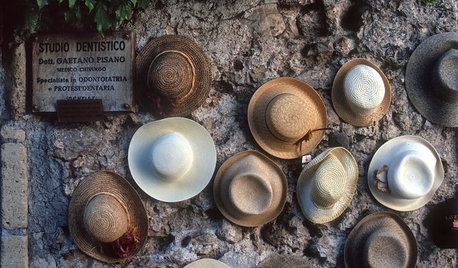
COLORNature’s Color Wisdom: Lessons on Earth Tones From the Great Outdoors
Look to the land for hues that are grounding, soothing and endlessly versatile
Full Story
COLORPretty Pink Color Schemes, Subtle to Sensational
How do we love pink? Let us count the ways: soft, sassy, with chartreuse and electric blue and, yes, even red ...
Full Story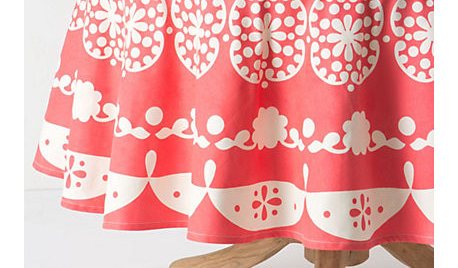
PINKGuest Picks: Think Pink for the Home
From delicate and soft to bright and punchy, pink hues add a cheerful element to any room
Full Story
COLORNature’s Color Wisdom: Lessons on White From the Great Outdoors
Blizzard fierce or butter soft, white can highlight shapes, unify a room and perform miracles on the cheap
Full Story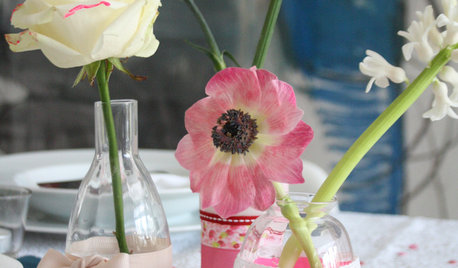
VALENTINE’S DAYTickle Your Valentine Table's Fancy With Neon Pink
Show your ardor with passionately bright pink candles, ribbons and flower petals that set the stage for romance
Full Story


luis_pr
NHBabs z4b-5a NH
Related Discussions
Large Cone with green to pink petals
Q
Pink Impatiens Petals Turning White?
Q
Update Petal Pushers July White Elephant Swap
Q
UPDATE: Petal Pushers July White Elephant Swap #4
Q
bobpeterson22Original Author
stillwelljill
luis_pr
bobpeterson22Original Author
luis_pr
garyz8bpnw
bobpeterson22Original Author
garyz8bpnw